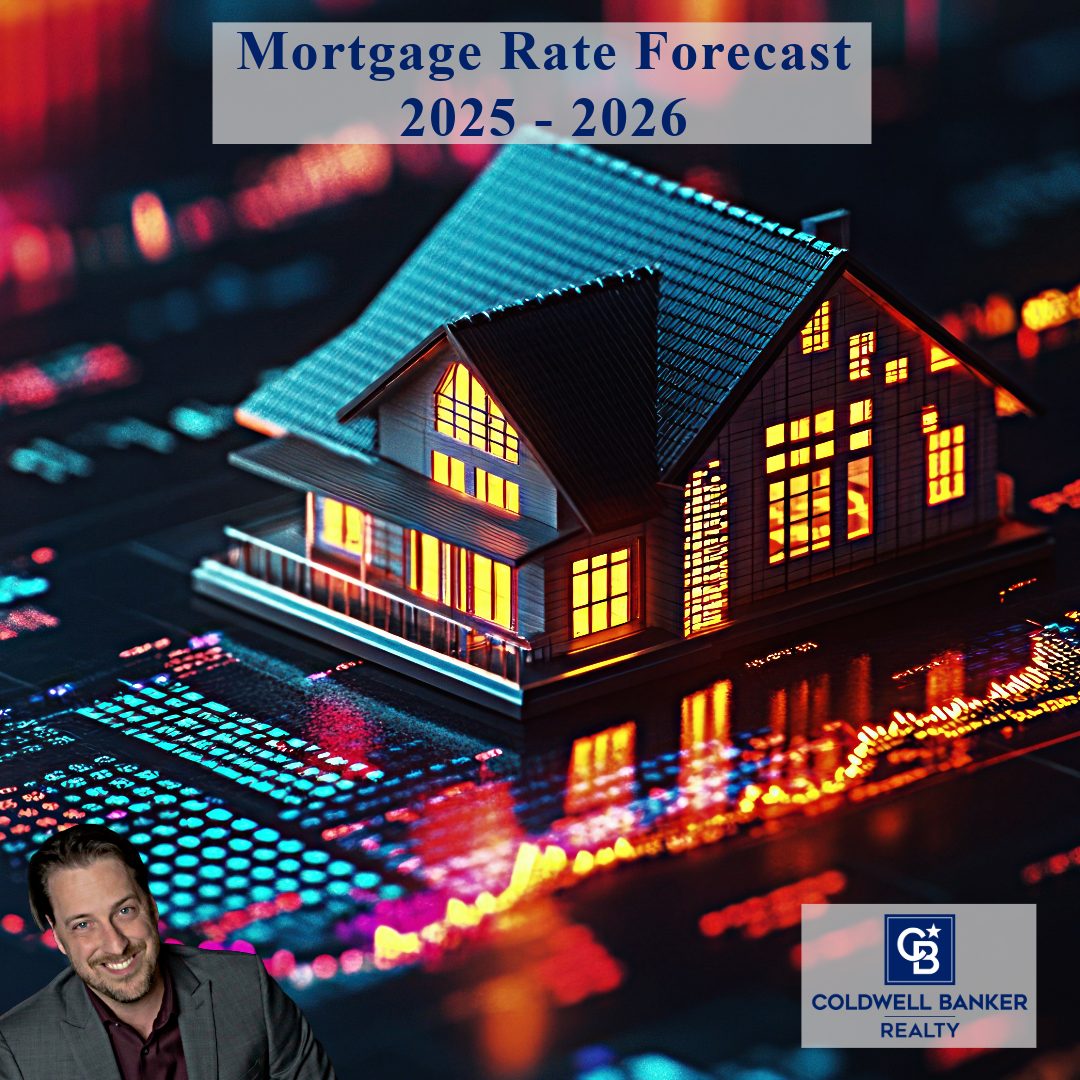Here’s my opinion on where U.S. mortgage rates are likely headed in 2026, based on recent forecasts and how various economic forces may play out. This is not financial advice, just a reasoned view to help you plan.
✅ Current consensus & forecasts
-
The Fannie Mae forecasts the average 30-year fixed mortgage rate will end 2025 at about 6.4%, and drop to ~5.9% by end of 2026. Fannie Mae+2Fannie Mae+2
-
The Mortgage Bankers Association (MBA) is more cautious: they project rates staying in the 6% to 6.5% range through 2026. Realtor+1
-
Other analyses suggest only a modest decline in rates, not a return to the very low levels of prior years. For example: by 2026 expect something around 6.0%. Metropolitan Mortgage Corporation
-
One summary: “Most forecasts suggest rates will stay in the 6% range well into 2026 — perhaps even remaining in mid-6% territory.” Investopedia
🎯 My opinion: Where I expect rates to go
Putting it all together, here’s how I see things playing out:
-
I expect the 30-year fixed mortgage rate to gradually decline through 2026, but not dramatically. My estimate: somewhere in the ~5.8% to ~6.5% range by end of 2026, with the most likely “sweet-spot” close to ~6.0%.
- The reason for the 5.8% – 6.5%, with 5.5% being aggressive is due to the 2026 Mid-Term Elections – 2026 United States elections – Wikipedia
-
If inflation moderates and the economy softens, we might see the lower end (~5.5%). If inflation remains persistent or economic growth surprises, we could stay towards the higher end (~6.5%).
-
So: If you’re planning to buy or refinance in 2026, I wouldn’t bet on a massive drop (say to 4-5%). But modest improvement from current ~6+% is reasonable.
📌 Key factors to watch that will influence how this turns out
-
The yield on the 10-year U.S. Treasury: Mortgage rates often follow (with a spread) the 10-year yield. Forecasts show the 10-year may drift down to ~4% in 2026. IndexBox+1
-
Inflation: If inflation stays elevated, long-term rates remain high. The MBA notes fiscal deficits + inflation expectations will keep long-term rates from falling significantly. HousingWire+1
-
The policy rate of the Federal Reserve & market expectations: Even if Fed cuts short‐term rates, long‐term borrowing costs depend on bond markets and investor expectations. PBS+1
-
Housing supply, home‐price trends & economic health: Improved supply or weaker demand can ease pressure on prices, which in turn can affect rates indirectly. Fannie Mae expects home‐price growth to slow. Fannie Mae
📝 What it means for you
-
If you’re looking to buy a home or refinance in 2026: the window may improve somewhat versus rates today, but don’t assume a big drop.
- On Tuesday, October 21, 2025, the national average 30-year fixed mortgage APR is 6.39%. The average 15-year fixed mortgage APR is 5.74%, according to Bankrate’s latest survey of the nation’s largest mortgage lenders. Current Mortgage Rates: Compare Today’s Rates | Bankrate
-
If your goal is affordability, even a small rate reduction helps — but lower home-prices or larger down-payments may matter more than just the rate.
-
If you currently have a much higher rate (e.g., 7+%), then even a decline to ~6% could be a meaningful benefit.
-
But if you’re waiting for rates to plunge to the 4-5% range, that’s unlikely according to most forecasts.
Conclusion
- The consensus is 6% to 6.5% for it to stay within that range for a few years.
- Recommendation is a 2-1 buydown. A 2-1 buydown is a mortgage agreement that provides a low interest rate for the first year of the loan, a somewhat higher rate for the second year, and then the full rate for the third and later years. Borrowers or home sellers pay additional money upfront to earn the lower rate for those first two years.


 Facebook
Facebook
 X
X
 Pinterest
Pinterest
 Copy Link
Copy Link
